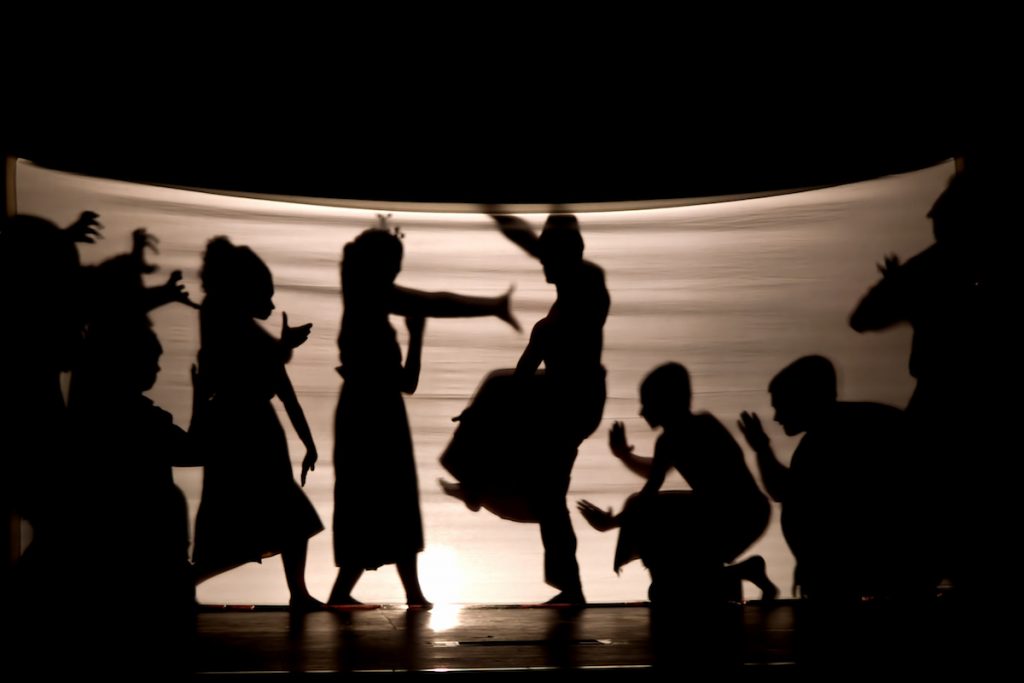Sonya Sandham is so passionate about the power of storytelling in the public sector that she’s doing a PhD at the University of Canberra, to explore the evidence base for embedding oral storytelling in organisational communication practices.
Sonya started her career as a journalist at the Sydney Morning Herald and the Jakarta Post telling people’s stories. She now works as a strategic communication specialist and over the past two decades has helped Qantas and state government agencies promote their organisational stories.
In this podcast she speaks with David Pembroke about:
- the power of personal stories
- stories are not just for leaders
- internal communication and storytelling
- what makes a good story
- using emotion to inspire people
- encouraging a story culture in the public sector
- using a story buddy
- audience stories on social media
- using journalism skills to upskill your staff
Listen to the podcast:
Selected links:
Connect with Sonya on LinkedIn
Sonya Sandham on the power of storytelling:
“One of the key things is a good story has to have a point. Why are you telling it? There has to be a reason that you’re telling it. The best anecdote in the world is going to fall short if you don’t relate it back to the point you’re trying to make.
When (Barack Obama) was campaigning to be president second time around, for his second term, he talks at a big rally about a congresswoman, he asked for her support and she said, “Well, if you come to Greenwood, you’ll have my support.” Some weeks later, true to his word, he did that. He showed up late at night. He arrived the very next morning, got up very early, it was a long drive, two or three hours to get to Greenwood, and when he got there it was about 20 or 30 people. Everyone was looking very sleep, blurry eyed, as was he, and he’s thinking, “How is this going to go?”
There’s a woman in the corner of the room, short woman, big church hat, as he describes her, and she says, “Fired up,” and everyone in the room says, “Fired up,” and then she says, “Ready to go,” and they say, “Ready to go.” The room starts getting into this kind of chant and he’s looking around, he’s looking at his advisor, thinks, “What the hell is going on here? She’s showing me up.” What he said happened is that the mood in the room changed and he started doing it too. Later in the day, he’d see staff would say to him, “You fired up, Mr. President. Fired up.” They’d say, “You ready to go?” He’d say, “Ready to go.”
He talked about this at the rally about how one voice can change a room and he said, “If you can change a room, you can change a state, and if you can change a state, you can change a nation, and if you can change a nation, you can change the world.” He used this as a rallying point, this personal story that he experienced to bring it back to that broader issue that one voice counts and to encourage people to go out and vote. That was the power of that story in that situation.”

